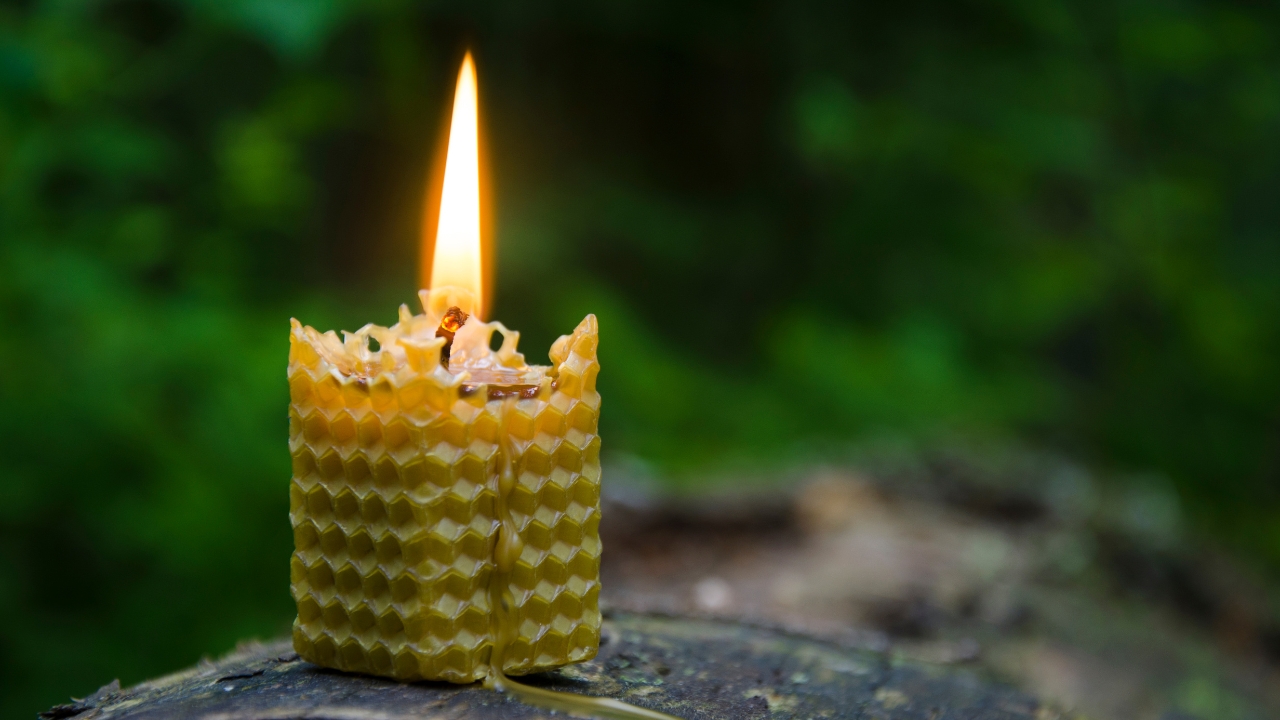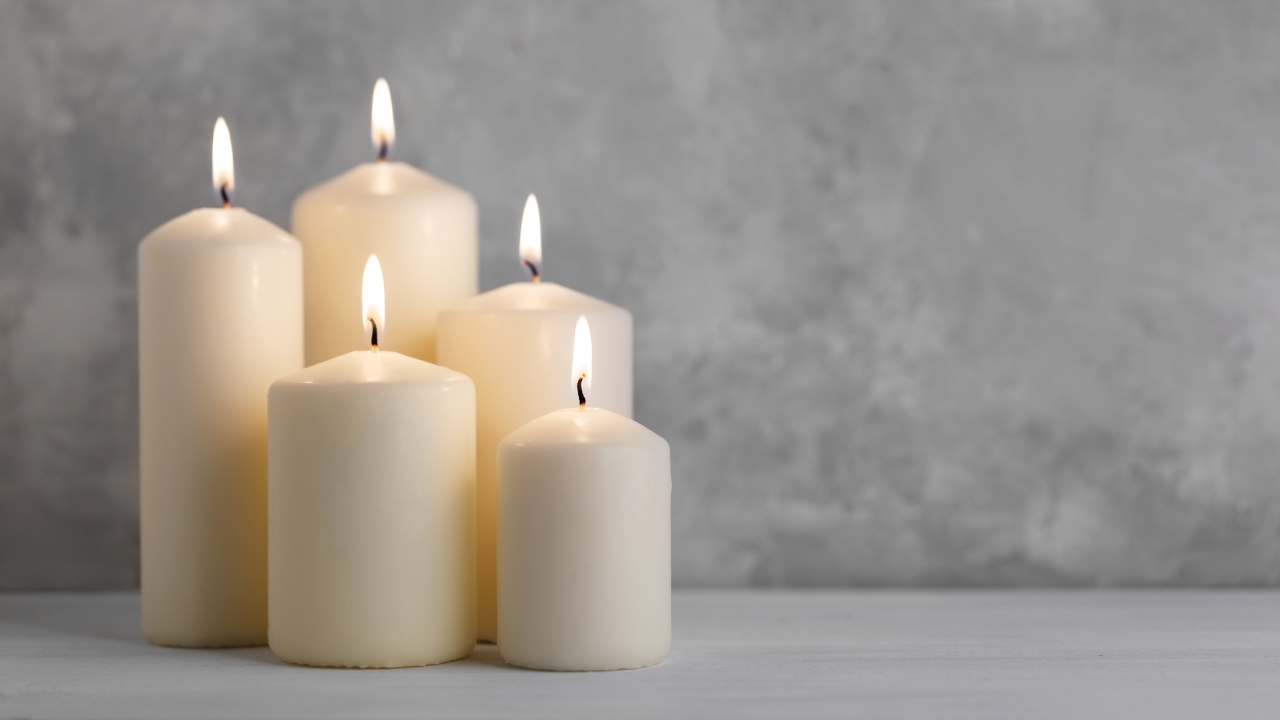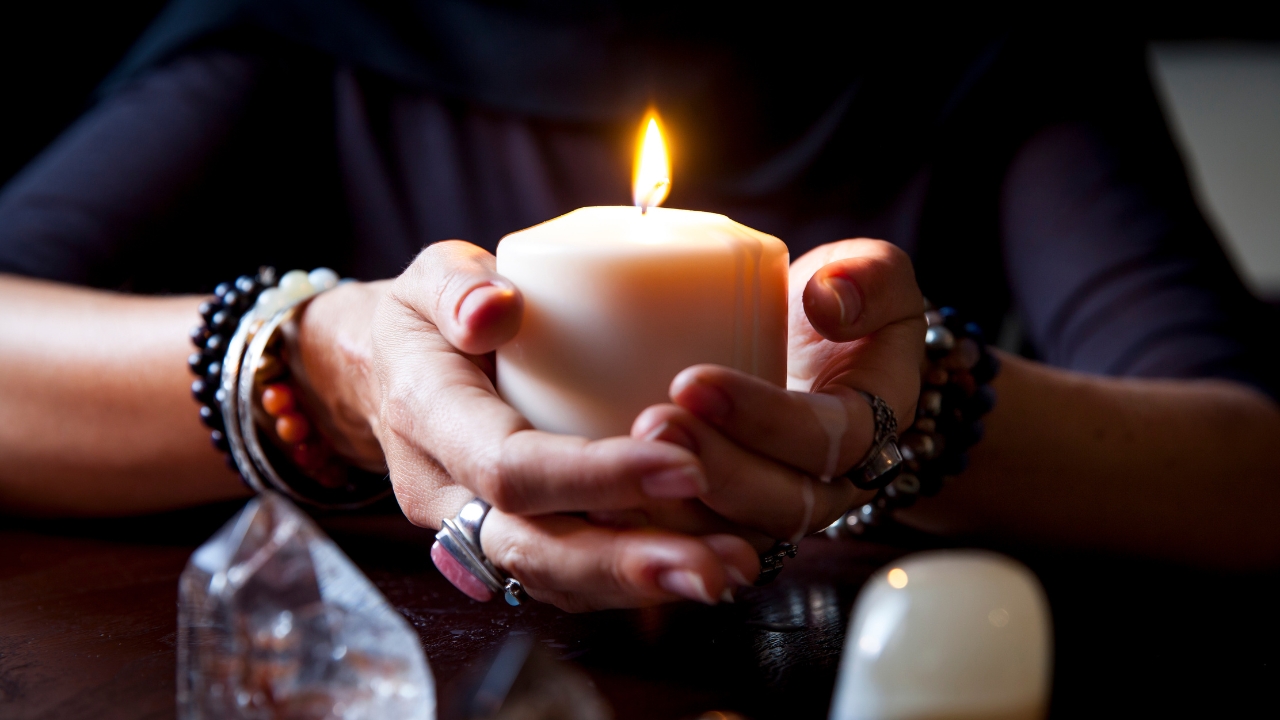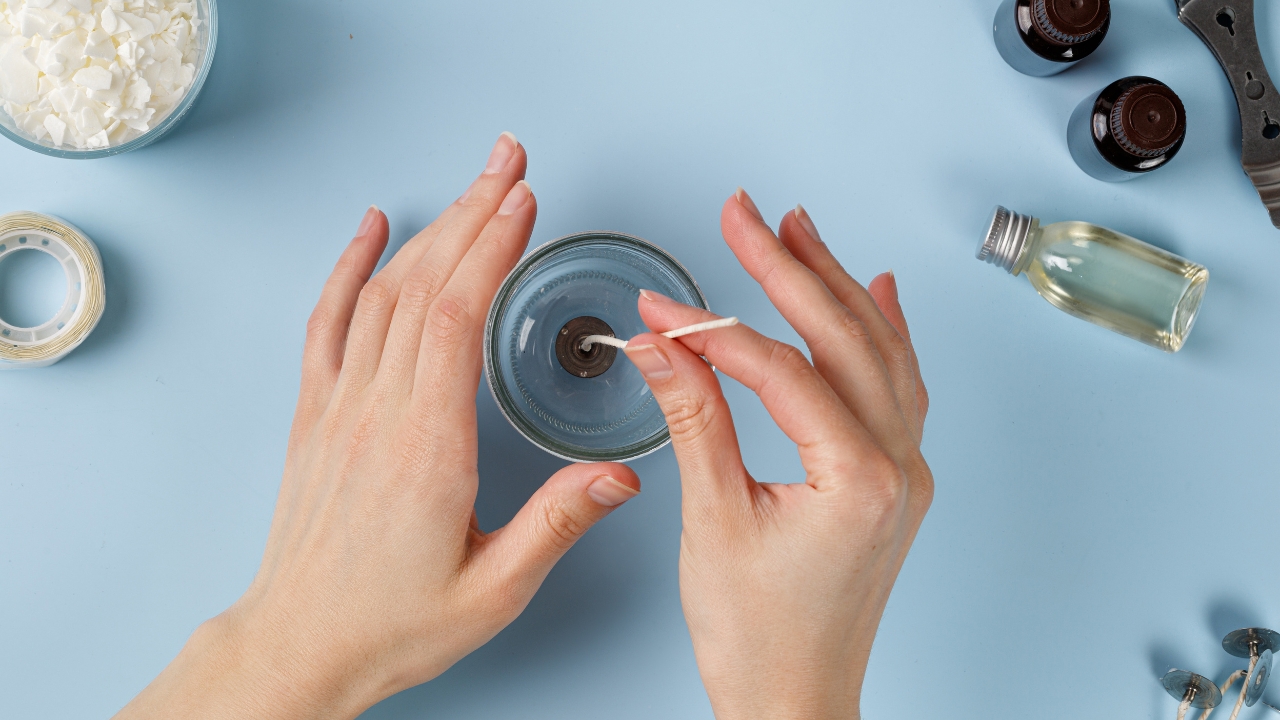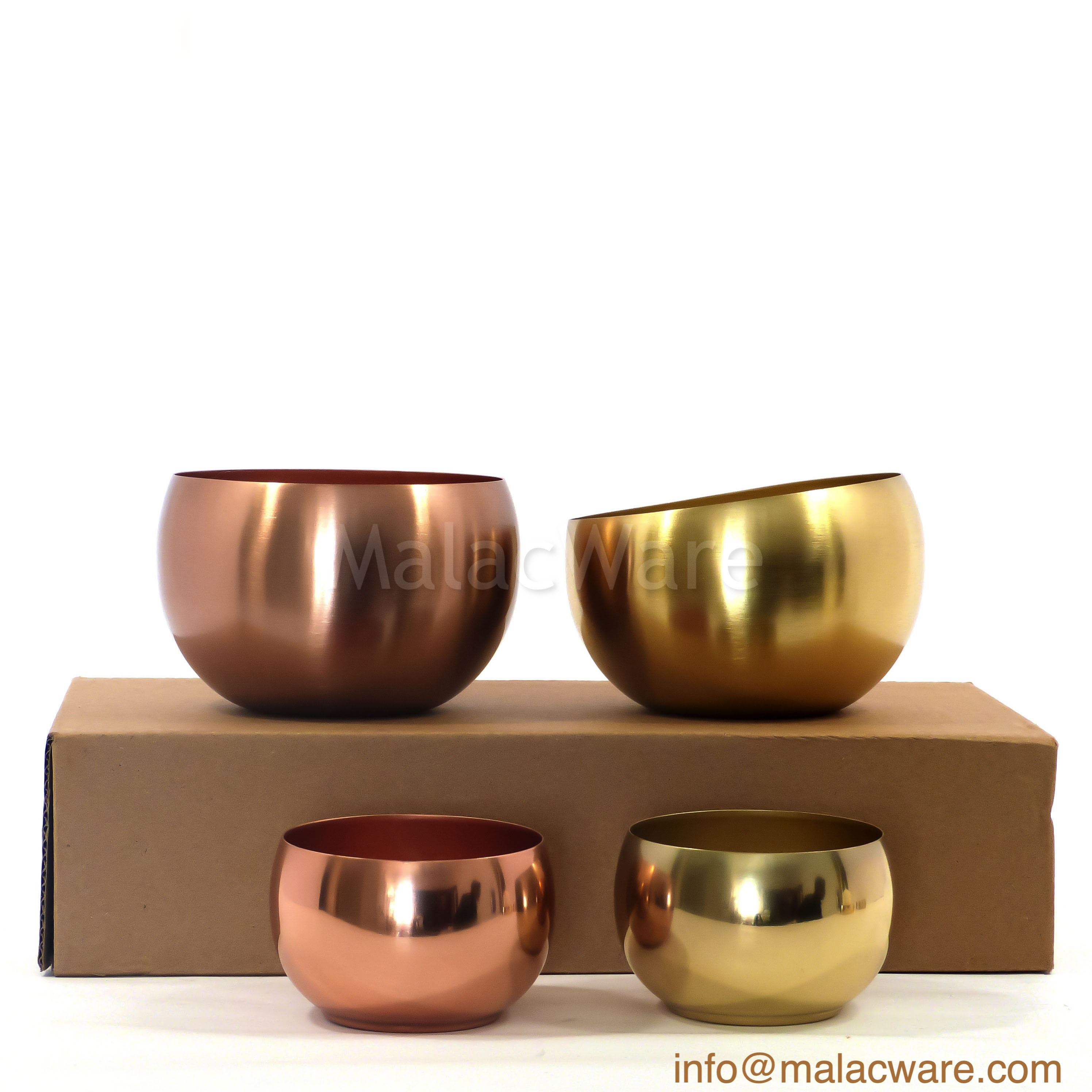Why Is Wick Important In Candles?
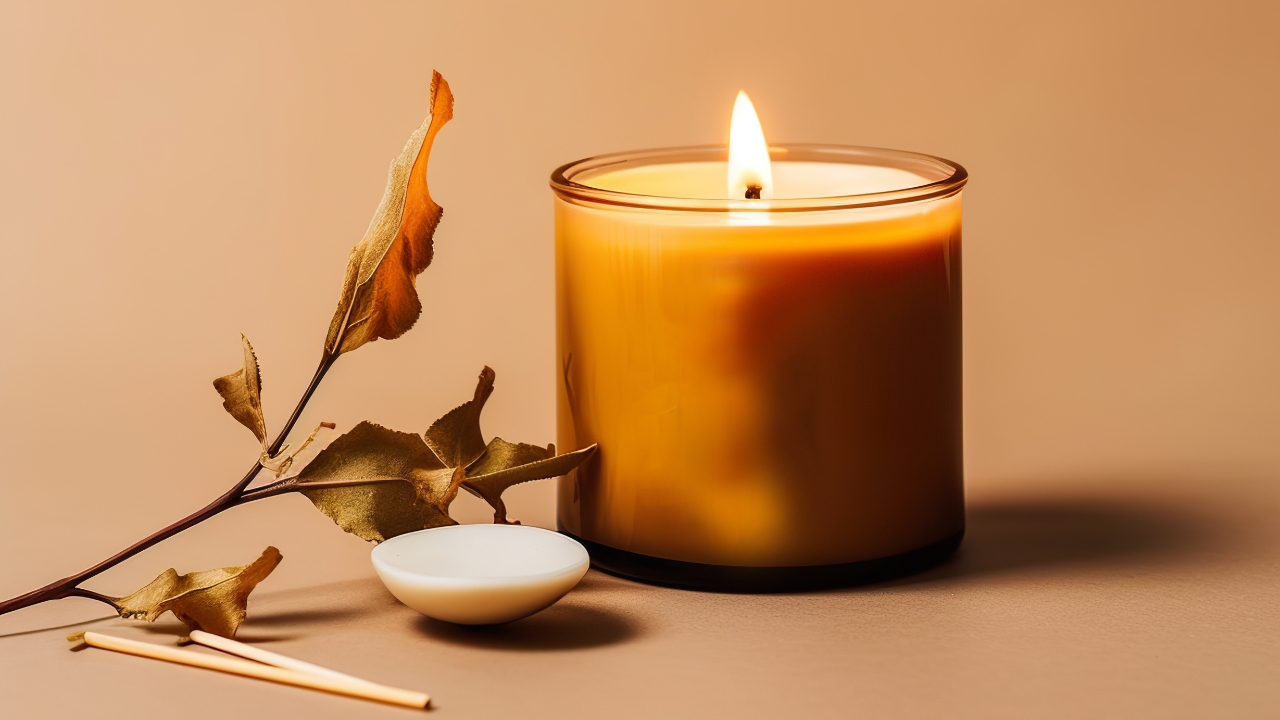
When people buy candles, they often overlook the wick and focus more on its candle shape, size, design, or scent. However, the wick is one of a candle’s most essential parts. Now the question is, why is a wick necessary in a candle?
Well, the primary purpose of a wick is to carry the wax to the flame. In other words, it works like a fuel pump, drawing the melted wax into the flame to keep it burning.
When buying a candle, you must check if the wick size is the same as the candle. It determines the amount of wax that reaches the flame. If the wick is too large, it will draw too much wax. This can cause the candle to flare up or produce soot. But if the wick is too small, the flame might flicker or go out. If you want to learn more about the importance of wicks in candles, this guide is for you.
Why Is Wick Important In Candle?
Before delving into further details, let us explain why a wick is necessary in candles.
A candle wick is more than just a string that you light. This thin piece of absorbent material is crucial in how the candle burns. Candle wicks are often made from cotton and draw the fuel into the flame. It is not possible to burn a candle without a wick.
Lighting a wick pulls the melted wax towards the flame, which keeps the candle burning. But there’s more to wick than just being absorbent. The wick must be stiff and flexible for the wax to melt and flow smoothly. The candle can go out or burn unevenly if it bends too much or doesn’t absorb enough wax.
The size of the wick plays a crucial role in how the candle burns. A larger wick creates a more significant flame and uses more wax, making the candle burn faster. On the other hand, a smaller wick burns more slowly with a smaller flame. This is why it is essential to choose the correct wick size.
A wick ensures the candle burns evenly and safely without flaring up or creating too much soot. The balance between wick size and candle size gives you a steady flame.
What Is The Purpose Of A Wick?
As a candle lover, you might ask yourself, “What is “the purpose of the candle wick?” It might” seem like a small, simple piece of thread, but it plays a massive role in making the candle burn properly.
A wick is like a tiny tube pulling the melted wax up to the flame. When the wax reaches the flame and combines with oxygen, it starts the combustion, and that’s what the candle burns.
However, this process does something extra if it is a scented candle. As the wax melts and evaporates, it releases fragrance into the air. You can’t see or touch the scent but can feel it around you. At the same time, the burning process gives off heat and light.
To summarize, a wick keeps the fuel flowing while allowing the candle to give off light and fragrance.
Types Of Wicks
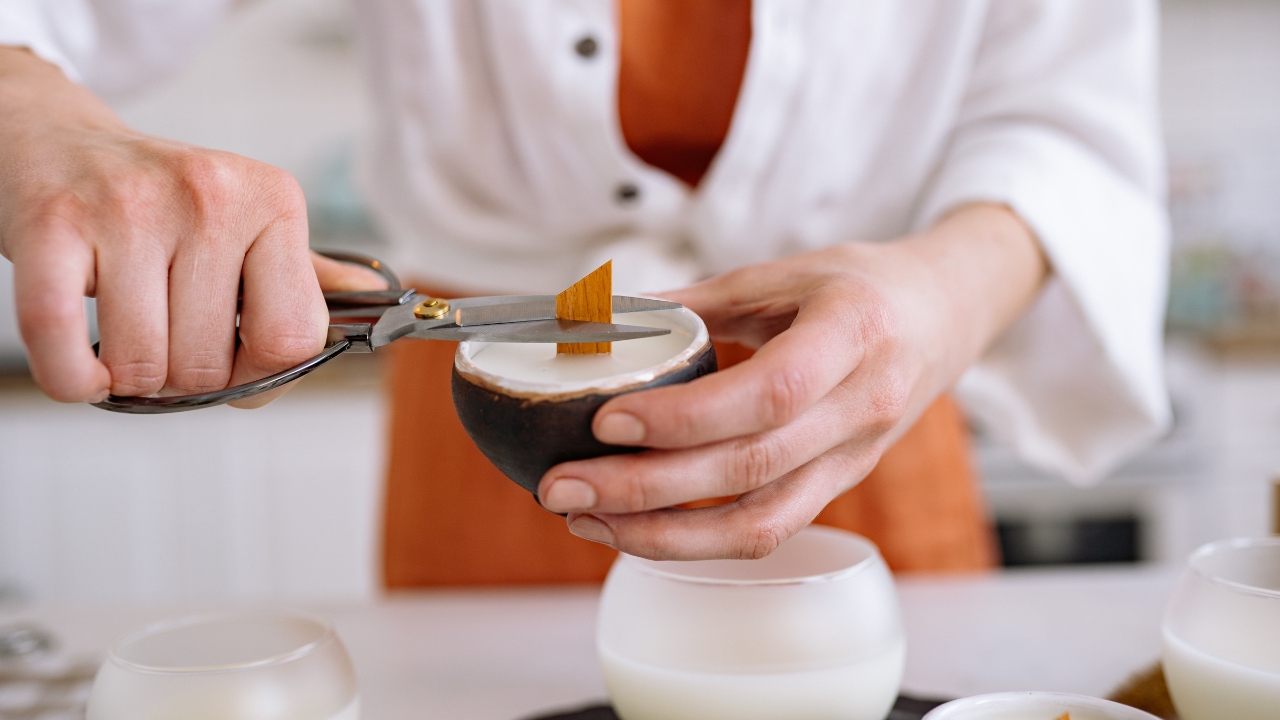
There are various types of candle wicks available. High-quality wicks are typically made from braided, knitted, or plaited fibers, which promote a slow and steady burn.
On the other hand, twisted wicks are usually of poor quality and tend to burn faster. Due to their loose structure, the fuel reaches the flame faster, which burns the candle faster.
Candle wicks are primarily of the following types:
Flat Wicks
These wicks are flat or knitted and made from three fiber bundles. They burn consistently and create a self-trimming effect. This type of wick is commonly used in pillar and taper candles.
Cored Wicks
These wicks feature a core material that keeps them straight while burning. They have a round cross-section, and various core materials can provide different stiffness levels. Typical core materials include paper, cotton, tin, or zinc. You will likely find cored wicks in jar candles, devotional lights, pillars, and votives.
Wooden Wicks
Wooden wicks have gained popularity for their visual appeal. These wicks create a soft crackling sound and come in various forms, including curved, multi-layered, single-ply, and decorative shapes. The good thing about these wicks is that they are made of 100% wood, fibrous material, semi-wood, or a mix of wood and cotton.
Square Wicks
These knitted or braided wicks are rounded and sturdier than flat wicks. They also curl in the flame and are ideal for beeswax candles. Their design helps prevent clogging, which can happen with certain wax fragrances, formulations, or pigments.
Specialty Wicks
These wicks are designed explicitly for unique candle applications like insect-repelling or oil lamps.
How To Choose The Right Wick For A Candle?
Choosing the proper wick is an essential step in making a candle. If the wick is too small, the candle will have a poor scent, throw, and burn for a shorter time. The candle may overheat, flare, or smoke if it’s too.
Here are the key factors to consider when selecting a wick:
Candle Diameter
The size of the wick depends mainly on the diameter of the candle. A more exhaustive candle requires a larger wick to ensure an even burn.
Type of Wax
Different types of wax like beeswax, soy, gel, paraffin, and palm have unique characteristics like melting points and density. Denser waxes with higher melting points need larger and thicker wicks to burn effectively.
Intended Burn Time
A larger wick is recommended if the candle is meant to burn for short periods. A larger wick will allow the wax to melt to the edges, forming a complete wax melt pool faster, which is essential for an even burn. With this, the candle may burn properly in shorter sessions.
Fragrance Oil and Coloring
The more colorants and fragrance oil you add to the candle, the larger the wick should be. This helps ensure an even burn and good scent release.
Materials That Can Be Used As Candle Wicks
So, what are candle wicks made of? They can be made of various materials, and choosing the correct wick material is essential. The most common materials used for making candle wicks include:
Cotton Wicks
These wicks are popular because they burn longer and provide a consistent flame. However, they can produce smoke and leave soot on the candle jar or container if they are not trimmed regularly.
Paper Wicks
Paper wicks are cheap and easy to find. However, they tend to burn with a smaller flame and are more likely to smoke, affecting the overall candle experience. These wicks are mainly suitable for smaller candles and may not be the best for a clean, long-lasting burn.
Paraffin Wax Wicks
These wicks are known for their long burn time. Since paraffin wax wicks can burn longer than other materials, they make a solid option for candles that need extended burn periods. But they are harder to light and are not suitable for larger candles.
Final Word
Drawing wax to the flame is needed for a steady and even burn. The size, material, and type of wick all impact how long a candle lasts. This is why you should consider details when choosing a wick for your candles.
FAQs
Does a candle need a wick?
A candle cannot burn without a wick. It draws up the melted wax to fuel the flame, which allows the candle to stay lit.
What can I use instead of a wick for a candle?
If you don’t have any ink, you can use a strip of cotton fabric or a paper towel twisted tightly as makeshift wicks.
Why would candles without wicks be useless?
Without a wick, there is nothing to draw the melted wax up to the flame so that the candle wouldn’t burn properly. It would make the candle useless.
Can I use a toothpick as a wick?
In some cases, you can use a toothpick as a wick. It may burn better than a proper wick, but it is a good option for short-term use.
What if my candle doesn’t stick?
If your candle doesn’t tick, it won’t burn the candle.
Is candle wick necessary?
Candle wicks are essential for a candle to burn. They serve as the medium that delivers the fuel to the flame, allowing it to burn steadily.
Subscribe To Our Newsletter
Subscribe for your email and get 10% off your first order!
© 2023 Malac Import Export Pvt Ltd, All rights reserved.

